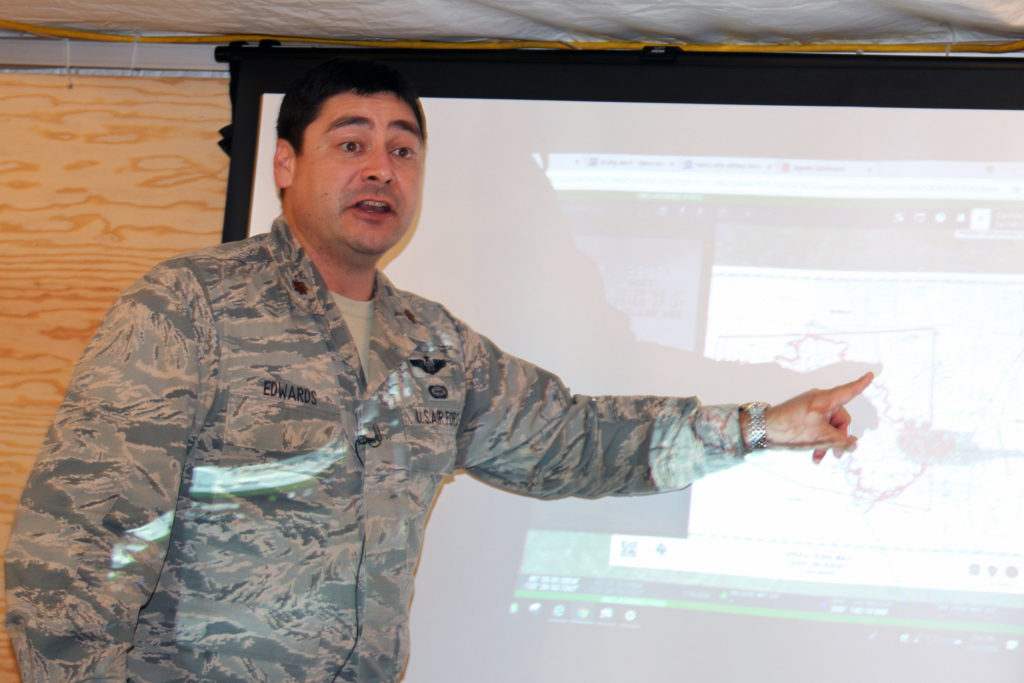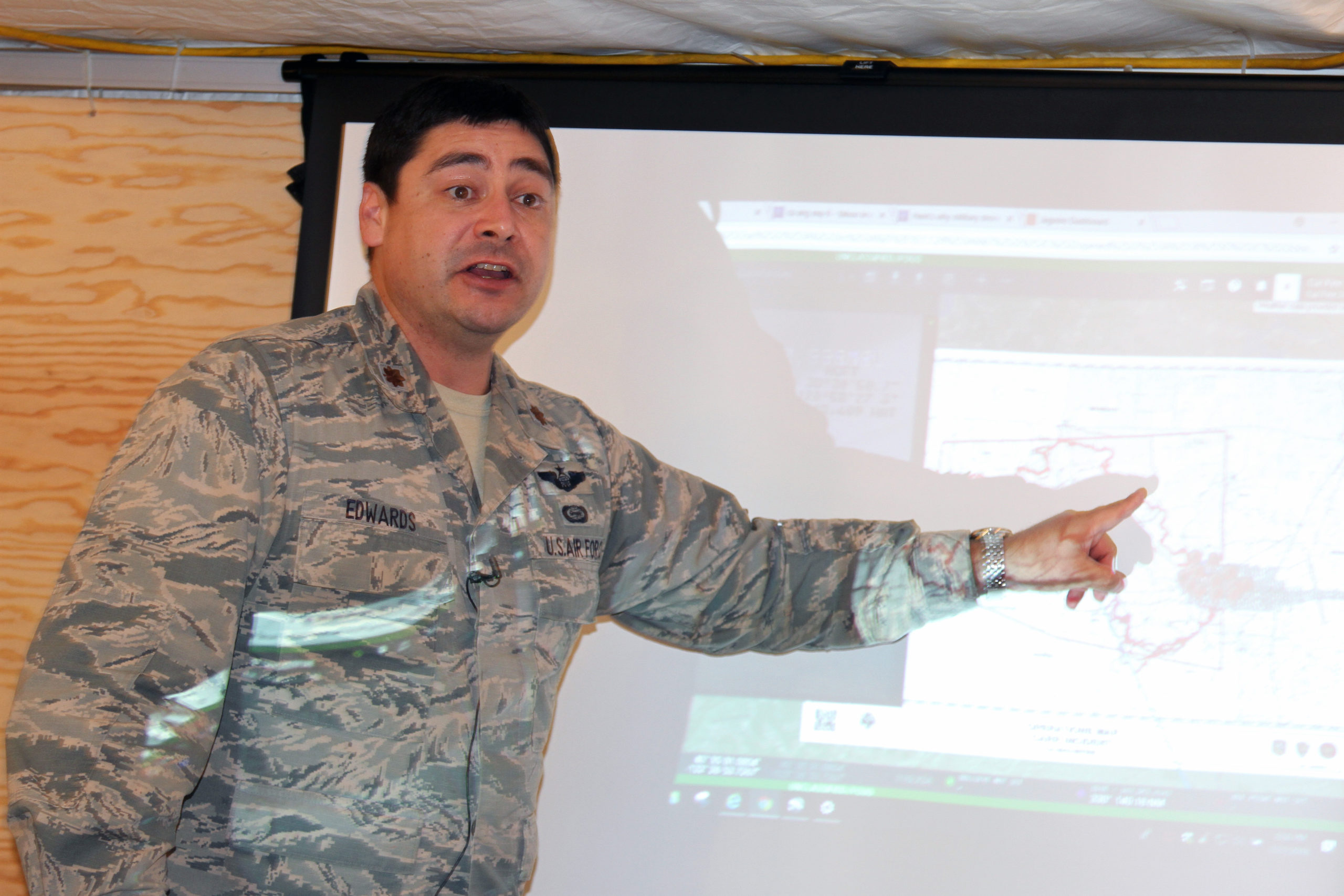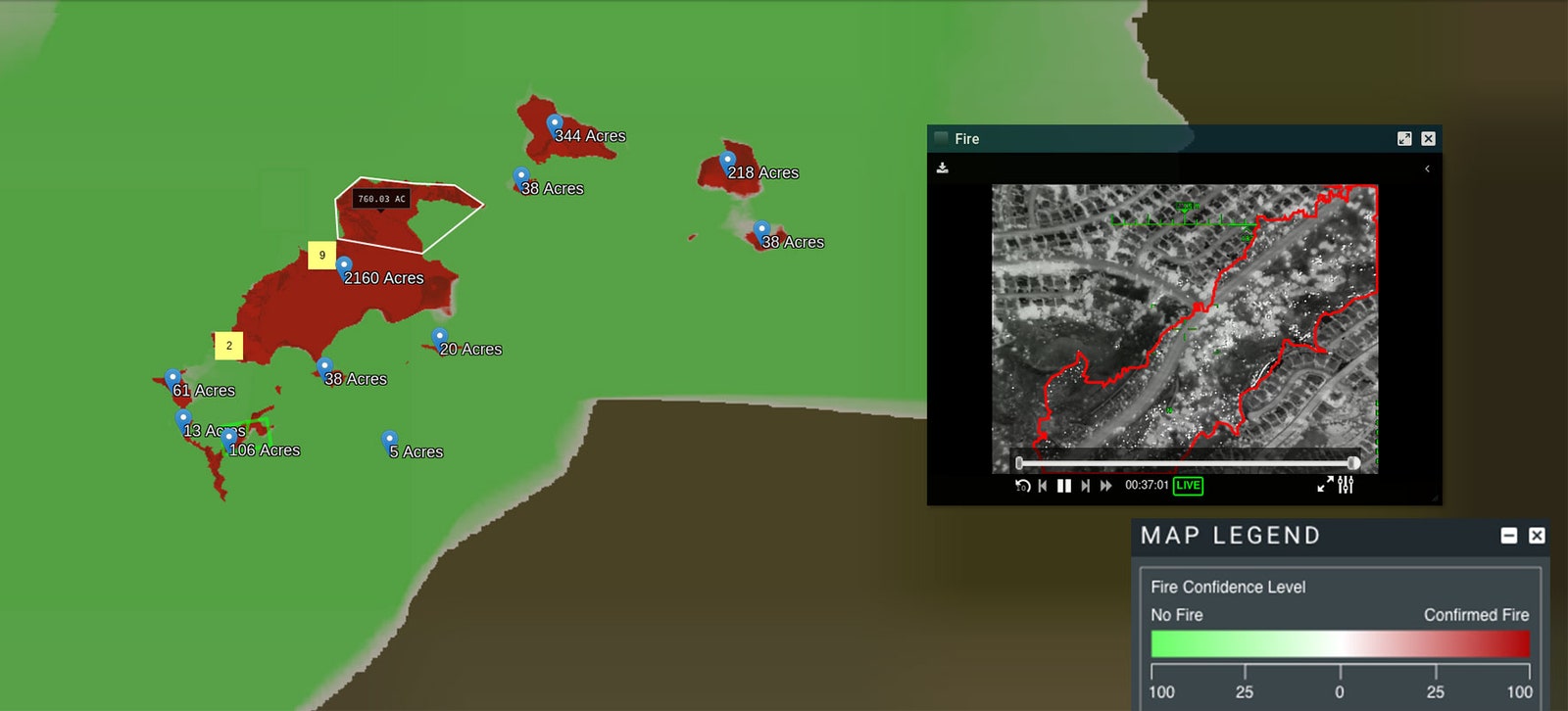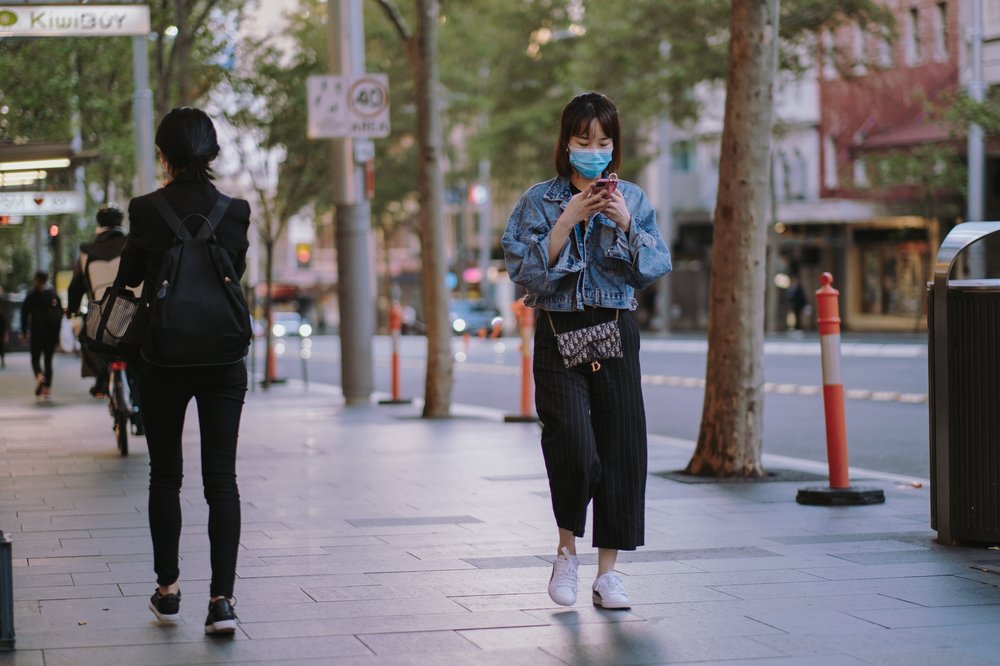
AI-powered mapping drones are helping the US to fight wildfires

Air Force Maj. Nicholas Edwards, an intelligence analyst manager with the California Air National Guard’s 195th Airlift Wing, updates leaders from the California Department of Forestry and Fire Protection on the Carr Fire in Shasta County, Calif., July 30, 2018. Army photo by Staff Sgt. Edward Siguenza
Unmanned aerial vehicles or drones have quickly become vital components in the rapidly advancing technology for wildfire spotting and management. In California, Air Force drones have been mapping wildfires since 2017, helping frontline responders to fight fires more aggressively and with heightened situational awareness.
But wildfire is a disaster where every minute matters. And traditionally, the process of creating a map from a drone surveillance video could take anywhere from 3 to 6 hours. This means fast-moving flames could make a map out-of-date as soon as it is generated. And with wildfires growing bigger and moving faster than ever, their management has become nothing short of a multidimensional logistical hell for firefighters.
Enter, artificial intelligence. This year, the Pentagon is testing artificial intelligence algorithms that can automatically scan drone videos and generate fire maps from them within minutes, WIRED reports. Already, the technology has shown promising results as it helped the California Department of Forestry and Fire Protection, aka CalFire, to plan a response to the explosive Creek Fire near Yosemite National Park. And now, the Pentagon is mulling a nationwide rollout of its AI software in preparation for the next year’s fire season.

An AI system developed by the Pentagon generated this map of wildfire activity near Santa Clarita, California, from video collected by a drone in 2019. Courtesy of the Air National Guard, via WIRED
WIRED explains how the auto-mapping software works. Algorithms digest video frames from past fires labeled by humans to demonstrate how flames and fire boundaries should be geotagged.
As part of the Pentagon’s plans to work closely with the tech industry to tap into commercially-available AI algorithms, startup CrowdAI was roped in to annotate examples that would train machine-learning algorithms to take in fresh infrared drone imagery tagged with location data, and spit out digital mapping files shaded to show areas that are burning. Spot fires are marked too.
And although the Air Force’s MQ-9 ‘Reaper’ drones fly at upwards of 20,000 feet, their powerful cameras allow the maps to show fires to a resolution of 90 feet. As of now, analysts still check the final output. But eventually, with continued reliable results, the technology can be directly integrated into CalFire’s workflows, allowing firefighters to access fresh maps in the field through their mobile devices.






 The layer’s colors indicate:
The layer’s colors indicate: